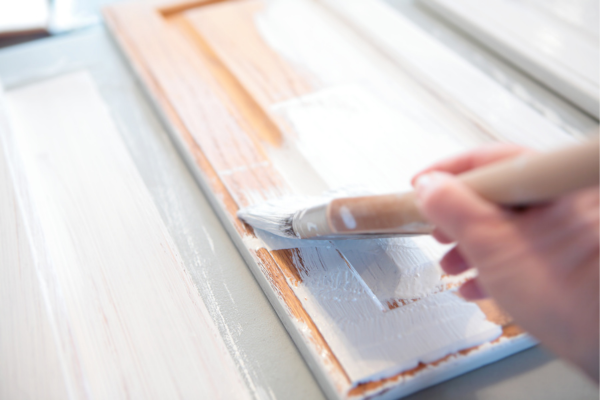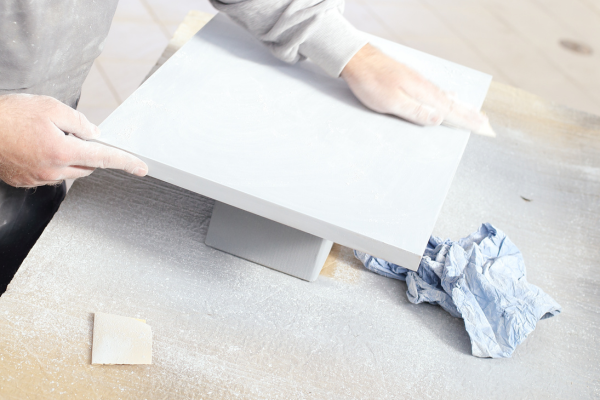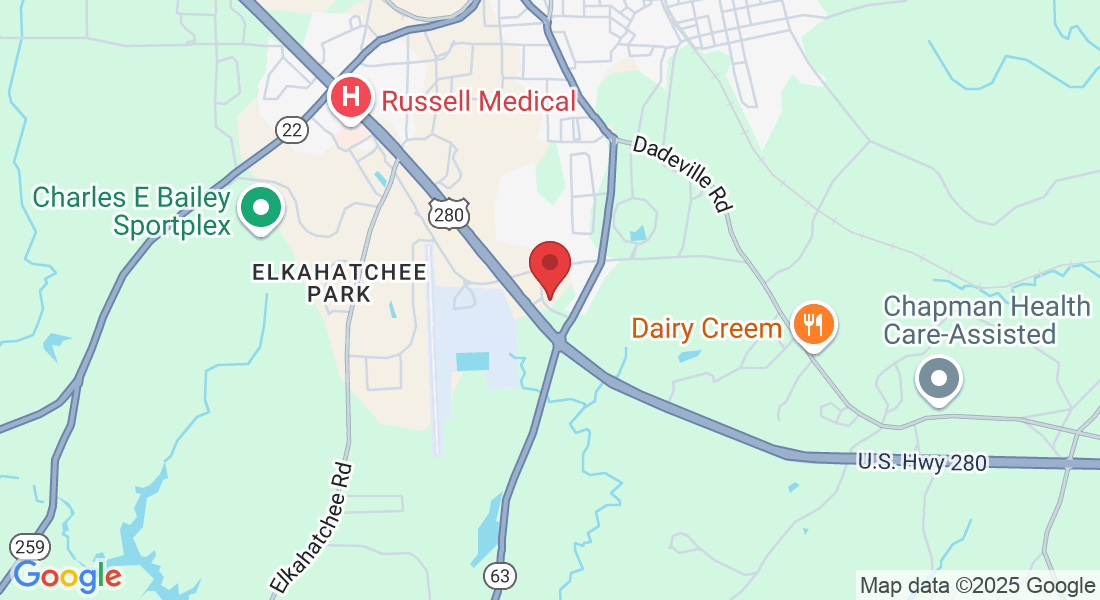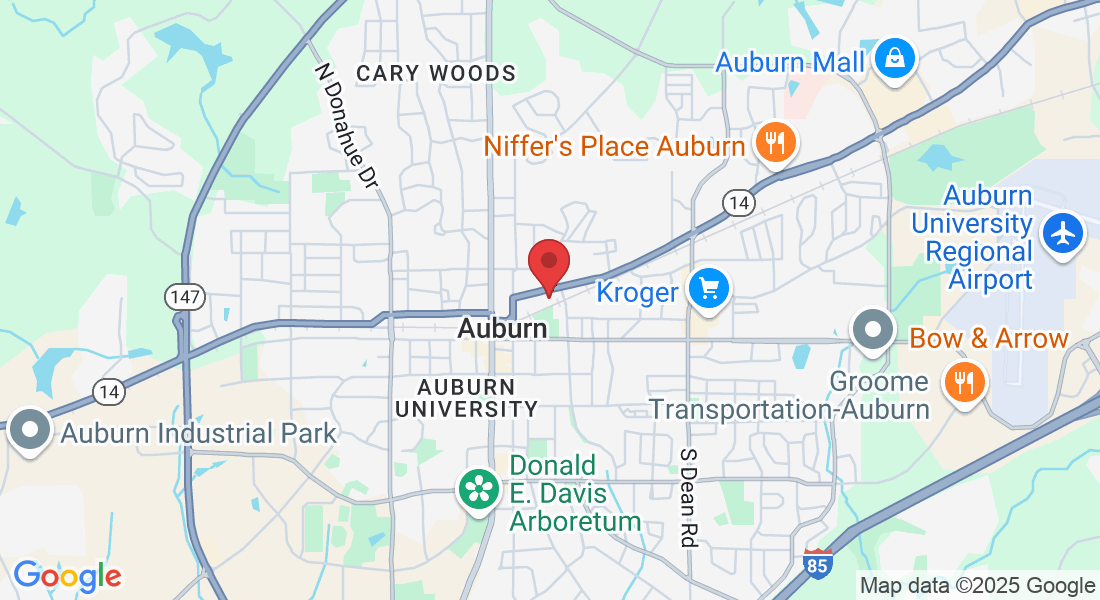
Painting Kitchen Cabinets: Your Ultimate Step-by-Step Guide
Why Paint Kitchen Cabinets?

Painting kitchen cabinets is a cost-effective and transformative way to update the look of your kitchen. It can breathe new life into outdated cabinets, enhance the overall aesthetic, and give your kitchen a fresh and modern appeal.
How Can You Paint Kitchen Cabinets in 7 easy steps?
In this guide, we will walk you through the process of painting kitchen cabinets in seven easy steps. From prepping the kitchen cabinets to choosing the right paint and applying it correctly, we'll cover everything you need to know to achieve professional-looking results.
Prepping Your Kitchen Cabinets for Painting
-
Remove cabinet doors and hardware: Begin by taking off the cabinet doors and removing all the hardware such as handles and hinges. This will make the painting process easier and allow for better access to all the surfaces.
-
Clean the surfaces: Thoroughly clean the cabinet surfaces to remove grease, dirt, and any residue. Use a mild detergent solution or a degreaser to ensure a clean and smooth surface for paint adhesion.
-
Fill dents and holes with wood filler: Inspect the cabinets for any dents, scratches, or holes. Fill them using a wood filler, smoothing them out with a putty knife, and let them dry completely before proceeding.
-
Lightly sand the cabinets: Use fine-grit sandpaper to lightly sand the cabinet surfaces. This step helps in removing any glossy finish, roughens the surface for better paint adhesion, and creates a smooth canvas for painting.
Choosing the Right Kitchen Cabinet Paint

When it comes to painting kitchen cabinets, using high-quality and durable paint is crucial for achieving long-lasting and professional-looking results. Kitchen cabinets are subjected to daily wear and tear, including exposure to heat, moisture, grease, and cleaning agents. Therefore, it's essential to choose a paint that can withstand these conditions and maintain its appearance over time.
High-quality paints formulated specifically for kitchen cabinets offer several advantages. They typically have better adhesion properties, ensuring that the paint adheres well to the cabinet surfaces and minimizes the risk of chipping or peeling. These paints are also designed to resist stains, moisture, and mildew, providing added protection for your cabinets. Additionally, they often have a smooth and self-leveling formula, which helps in achieving a professional and flawless finish.
Latex paint vs. Oil Based Paint
When choosing between oil-based paint and latex paint for kitchen cabinets, it's important to consider their respective characteristics and advantages.
Oil-based paint, also known as alkyd paint, has been a popular choice for cabinets due to its durability and smooth finish. It provides a hard and durable surface that is resistant to scratches and wear.
Oil paint also offers excellent adhesion to a variety of surfaces, including wood cabinets, and it tends to level out well, resulting in a smoother finish.
However, oil-based paints have some downsides to consider. They have a strong odor and require proper ventilation during application. Additionally, they have a longer drying time, which can extend the overall painting process. Oil-based paints also require the use of mineral spirits or paint thinners for cleanup, which can be less convenient compared to water-based latex paints.
On the other hand, latex paint, also known as water-based paint, has gained popularity in recent years for painting kitchen cabinets. Latex paints offer several advantages, including a faster drying time, easy cleanup with soap and water, and low odor. They also have a wide range of color options and are available in various sheens, allowing for greater design flexibility.
Latex paints are known for their excellent adhesion and durability, making them suitable for kitchen cabinets. They are less prone to yellowing over time compared to oil-based paints, making them a better choice if you prefer a crisp and clean appearance for your cabinets. Additionally, latex paints are more environmentally friendly, as they have lower levels of volatile organic compounds (VOCs) compared to oil-based paints.
Considerations for color and finish
When selecting the color and finish for your kitchen cabinets, it's important to take into account the overall aesthetic of your kitchen and your personal preferences. The color of your cabinets can significantly impact the overall atmosphere and style of the space.
Neutral colors like white, cream, or gray are timeless choices that can create a clean and fresh look. They also offer versatility, allowing you to easily change the color scheme of your kitchen in the future if desired. However, if you prefer a bold and dramatic look, you can opt for darker or vibrant colors to make a statement.
In terms of finish, there are different options to choose from, such as satin, semi-gloss, or high-gloss. Satin finishes offer a subtle sheen that strikes a balance between a matte and glossy appearance. They are popular for kitchen cabinets as they are easy to clean and can withstand moderate moisture and grease. Semi-gloss and high-gloss finishes provide a more reflective and shiny surface, adding a touch of elegance to your cabinets.
These finishes are generally more resistant to moisture and are easier to wipe clean, making them suitable for kitchens with heavy cooking activity.
Ultimately, the choice of paint color and finish depends on your personal style, the overall design of your kitchen, and the level of maintenance you prefer.
By carefully considering the quality, durability, color, and finish of the paint, you can ensure that your kitchen cabinets not only look stunning after the painting process but also maintain their beauty and functionality for years to come.
The Tools You Need to Paint Kitchen Cabinets

Paintbrushes and rollers or a paint sprayer: Use high-quality brushes and rollers suitable for the type of paint you're using. Brushes are ideal for detailed work, while rollers cover larger surfaces quickly and evenly.
Paint tray and painter's tape: Pour the paint into a paint tray for easy access during the kitchen cabinet paint job. Painter's tape helps protect surfaces you don't want to be painted, such as walls or countertops.
Sandpaper and putty knife: Keep different grits of sandpaper on hand for various stages of sanding. A putty knife is useful for applying wood filler and smoothing surfaces.
Screwdriver and lint-free tack cloth: Use a screwdriver to remove and reinstall cabinet hardware. Lint-free cloths are essential for cleaning, applying paint, and wiping off excess.
Do You Need to Sand Cabinets Before Painting?
Sanding cabinets before painting promotes better paint adhesion by creating a slightly roughened surface. It also helps to remove any existing gloss or varnish, ensuring the paint adheres more effectively.
Steps for proper sanding technique: Use a medium to fine-grit sandpaper and sand the cabinet door and cabinet boxes surfaces lightly in the direction of the wood grain. Wipe away the dust with a clean tack cloth before moving on to the next step.
Apply Primer and Paint Cabinets
Applying a primer before painting helps to improve paint adhesion and creates a smooth base for the topcoat. Choose a primer specifically designed for cabinets and ensure it is fast-drying to expedite the painting process.
-
Steps for applying primer: Use a brush or roller to apply an even coat of primer on the cabinet surfaces, including the doors. Pay attention to corners, edges, and any intricate details. Let the primer dry completely according to the manufacturer's instructions before proceeding.
-
Apply paint in thin, even coats: Once the primer is dry, apply the paint using a brush or roller. Work in thin, even coats to prevent drips and achieve a smooth finish. Allow each coat to dry completely before applying additional coats.
-
Allow sufficient drying time between coats: Patience is key when painting cabinets. Follow the recommended drying time between coats to ensure a durable and flawless finish.
Consider Filling Open Grain on Cabinet Doors
Some types of wood, like oak, have open grain that can show through the paint, resulting in a textured appearance. Filling the grain on cabinet doors and cabinet frames helps create a smoother and more uniform finish.
Steps for filling open grain with suitable filler:
-
Select a grain filler that matches the color of your cabinets.
-
Apply the filler following the manufacturer's instructions, filling the grain and smoothing the surface.
-
Sand lightly after it dries to achieve a seamless finish.

By following these seven easy steps, you can successfully paint your kitchen cabinets and achieve a professional-looking result.
While painting kitchen cabinets requires time and attention to detail, the transformation freshly painted cabinets can bring to your kitchen is well worth the effort. Embrace the process, take your time, and enjoy the satisfaction of a refreshed and revitalized kitchen space.
If you are interested in having Alabama Construction Pros order cabinets, or redesign your kitchen or bathroom, please get in touch with us. We handle full-scale kitchen and bathroom renovations and would love to work with you on your next project.
.





